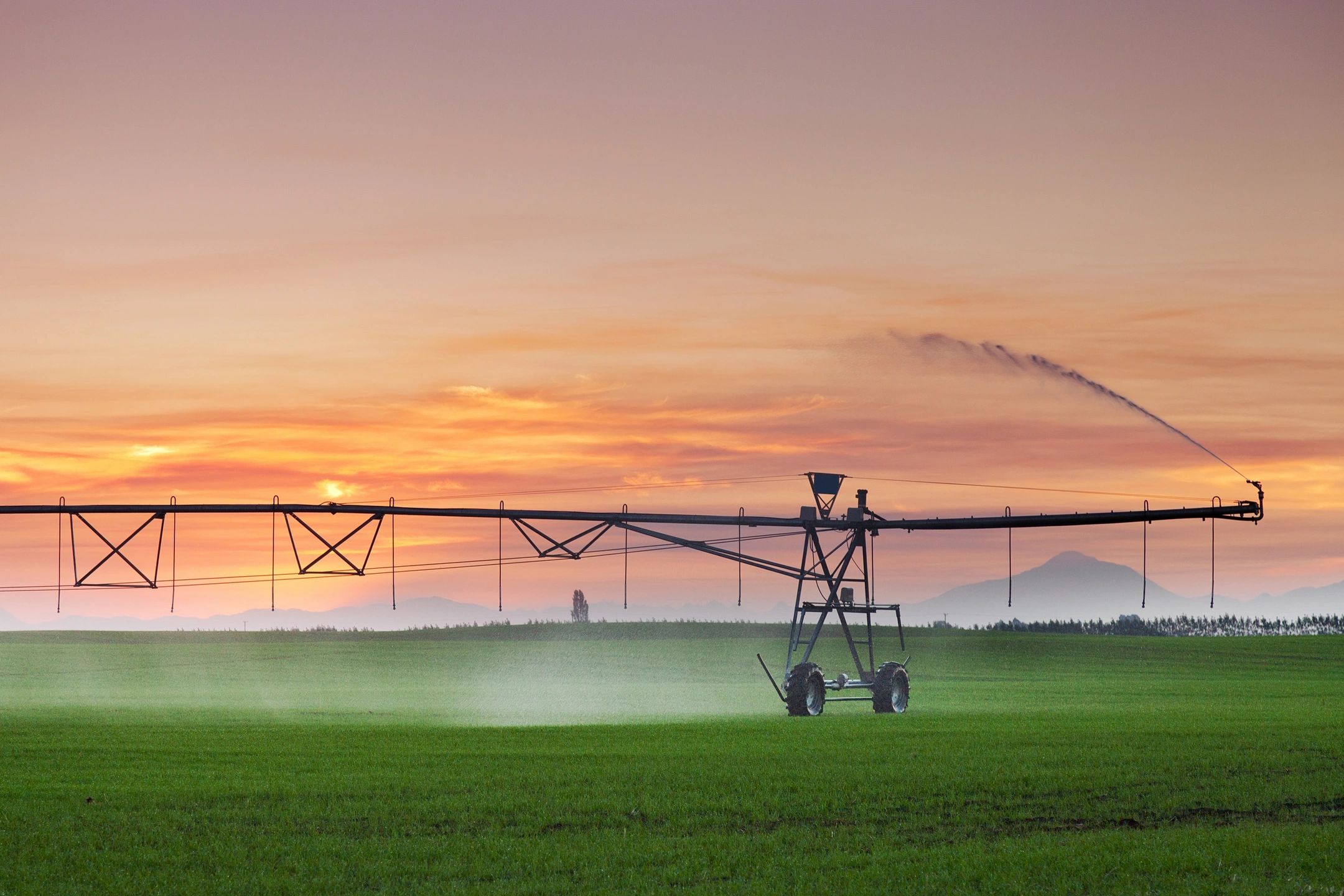
(STACKER.COM) – Farmland across the U.S. is disappearing by the millions of acres each decade by some estimates as sprawling urban development driven by rising housing costs pushes further into rural pastures.
The farmland that still exists in the U.S. is heavily dedicated to growing plants that Americans can’t consume—grass. That grass, accounting for more than 300 million acres now, feeds our livestock, provides sod for new development, and serves as a cover crop to protect soil health between harvests.
Demand for major crops like corn and soybeans to feed Americans is only forecast by the USDA to grow in the coming decade, and demand for U.S. agricultural exports is expected to grow similarly.
The COVID-19 pandemic dramatically changed the way people purchased and consumed food, placing renewed attention on an increasingly consolidated agricultural industry where family farms have been swallowed up by large food corporations.
And after shifting behaviors caused massive economic swings in the U.S. and elsewhere, the Russian invasion of Ukraine forced food producers to once again account for yet another shock with so much of the world’s grain capital taken offline by warfare.
War and corporate interests aside, farms have also had to reckon with a changing climate. Wheat fields were once commonplace across the country, but drought conditions of late have caused farmers to give up growing the crop entirely. Agitated by climate change, the shortage of water in parts of the country coupled with higher interest rates and the ongoing war in Ukraine are making agricultural businesses harder to run profitably.
To illustrate where American farms still persevere, Stacker compiled a list of counties with the most farmland in South Dakota using data from the Agriculture Department’s Farm Service Agency. Farmers reported the data as mandated by participation in USDA income support programs, including Agriculture Risk Coverage and Price Loss Coverage as well as loan assistance. Counties are ranked by total acres of farmland.
In South Dakota, there are 41,819,063 acres of farmland, with native grass being the most common crop.
#25. Gregory
– Farmland: 651,992 acres (1.6% of state total)
– Farms: 1,461
– Most common crop: Native grass (388,189 acres, 59.5% of county farmland)
#24. Mellette
– Farmland: 660,004 acres (1.6% of state total)
– Farms: 746
– Most common crop: Native grass (525,180 acres, 79.6% of county farmland)
#23. Edmunds
– Farmland: 664,006 acres (1.6% of state total)
– Farms: 1,251
– Most common crop: Common soybeans (183,276 acres, 27.6% of county farmland)
#22. Charles Mix
– Farmland: 695,240 acres (1.7% of state total)
– Farms: 2,027
– Most common crop: Native grass (164,668 acres, 23.7% of county farmland)
#21. Todd
– Farmland: 700,818 acres (1.7% of state total)
– Farms: 743
– Most common crop: Native grass (566,221 acres, 80.8% of county farmland)
#20. Beadle
– Farmland: 739,163 acres (1.8% of state total)
– Farms: 1,761
– Most common crop: Yellow corn (195,855 acres, 26.5% of county farmland)
#19. Bennett
– Farmland: 805,986 acres (1.9% of state total)
– Farms: 842
– Most common crop: Native grass (559,094 acres, 69.4% of county farmland)
#18. Spink
– Farmland: 839,904 acres (2.0% of state total)
– Farms: 2,118
– Most common crop: Common soybeans (277,884 acres, 33.1% of county farmland)
#17. Jackson
– Farmland: 841,299 acres (2.0% of state total)
– Farms: 486
– Most common crop: Native grass (643,350 acres, 76.5% of county farmland)
#16. Hand
– Farmland: 842,050 acres (2.0% of state total)
– Farms: 1,132
– Most common crop: Native grass (297,363 acres, 35.3% of county farmland)
#15. Brown
– Farmland: 846,157 acres (2.0% of state total)
– Farms: 2,341
– Most common crop: Common soybeans (264,734 acres, 31.3% of county farmland)
#14. Stanley
– Farmland: 879,788 acres (2.1% of state total)
– Farms: 380
– Most common crop: Native grass (563,819 acres, 64.1% of county farmland)
#13. Harding
– Farmland: 942,392 acres (2.3% of state total)
– Farms: 365
– Most common crop: Native grass (815,122 acres, 86.5% of county farmland)
#12. Tripp
– Farmland: 951,013 acres (2.3% of state total)
– Farms: 1,711
– Most common crop: Native grass (444,744 acres, 46.8% of county farmland)
#11. Lyman
– Farmland: 961,545 acres (2.3% of state total)
– Farms: 897
– Most common crop: Native grass (462,565 acres, 48.1% of county farmland)
#10. Fall River
– Farmland: 1,024,020 acres (2.4% of state total)
– Farms: 510
– Most common crop: Native grass (926,366 acres, 90.5% of county farmland)
#9. Shannon
– Farmland: 1,024,741 acres (2.5% of state total)
– Farms: 564
– Most common crop: Native grass (863,525 acres, 84.3% of county farmland)
#8. Pennington
– Farmland: 1,186,180 acres (2.8% of state total)
– Farms: 676
– Most common crop: Native grass (882,089 acres, 74.4% of county farmland)
#7. Ziebach
– Farmland: 1,225,134 acres (2.9% of state total)
– Farms: 702
– Most common crop: Native grass (937,138 acres, 76.5% of county farmland)
#6. Corson
– Farmland: 1,305,050 acres (3.1% of state total)
– Farms: 1,286
– Most common crop: Native grass (907,674 acres, 69.6% of county farmland)
#5. Haakon
– Farmland: 1,352,814 acres (3.2% of state total)
– Farms: 497
– Most common crop: Native grass (762,105 acres, 56.3% of county farmland)
#4. Dewey
– Farmland: 1,356,791 acres (3.2% of state total)
– Farms: 895
– Most common crop: Native grass (1,092,991 acres, 80.6% of county farmland)
#3. Butte
– Farmland: 1,365,145 acres (3.3% of state total)
– Farms: 934
– Most common crop: Native grass (1,208,437 acres, 88.5% of county farmland)
#2. Meade
– Farmland: 1,953,885 acres (4.7% of state total)
– Farms: 1,140
– Most common crop: Native grass (1,536,233 acres, 78.6% of county farmland)
#1. Perkins
– Farmland: 2,237,527 acres (5.4% of state total)
– Farms: 1,260
– Most common crop: Native grass (1,673,566 acres, 74.8% of county farmland)

